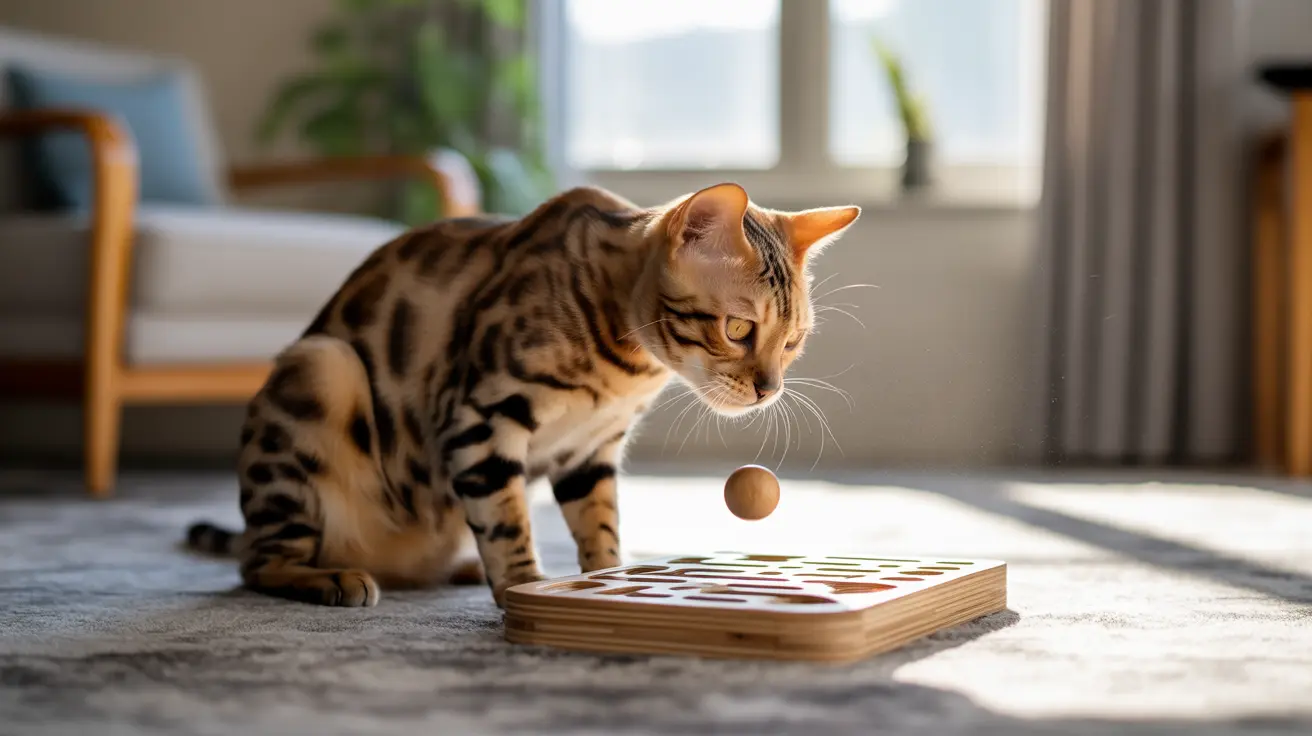Best Pet Odor Eliminator for Carpet: Comprehensive Guide
Removing persistent pet urine odors from your carpet can be a challenging job. Whether caused by occasional accidents or long-term marking behavior, dealing with dog or cat urine requires specialized odor removal strategies. This guide explores the most effective approaches and products available for eliminating pet odors from carpets.
Understanding the Problem
Pet urine contains proteins and pheromones that trigger re-marking behaviors. These compounds, combined with the action of bacteria, result in strong, lingering odors. Simply masking the smell won't prevent repeat accidents, making proper cleaning critical.
Locating and Identifying Urine Stains
- Use a UV or black light detector to reveal all affected spots, including places less visible to the naked eye.
- Mark all identified areas for thorough cleaning and treatment.
Cleaning Fresh Urine Stains on Carpet
- Blot the urine immediately using paper towels or cloths. Avoid rubbing to prevent spreading.
- Rinse with cool water and blot again until almost dry.
- Apply a specially formulated enzymatic cleaner or a homemade vinegar-baking soda solution.
Recommended DIY Cleaning Solutions
- Vinegar Solution: Mix 1 cup distilled white vinegar, 1 cup water, and 2 tsp baking soda in a spray bottle. Spray affected area, let sit, then blot.
- Baking Soda Treatment: After cleaning, sprinkle baking soda over damp areas and vacuum once dry to absorb remaining odors.
Enzymatic Cleaners: The Best Commercial Solution
Enzyme-based products offer one of the most effective options for pet urine odor removal. These cleaners break down odor-causing proteins and prevent re-marking. Top products include:
- Nature’s Miracle: A widely endorsed enzymatic cleaner for dog and cat urine.
- Angry Orange: Known for its fresh citrus scent and reliable odor neutralization.
- SCOE 10X: Effective for deeply set-in, stubborn urine odors.
Apply enzyme cleaners generously, following the label instructions. Keep the treated area damp for effective enzyme activity, and reapply as needed for older or heavily soiled stains.
How to Handle Set-In Stains
- Rinse with plain water and extract using a wet-dry vacuum.
- Apply enzyme cleaner and cover with plastic wrap or towel overnight.
- Lift carpet and treat the padding and subfloor if necessary. Replace severely stained padding and seal subfloor with shellac-based products.
Additional Odor Removal Techniques
- Air Purifiers: Use HEPA and carbon filters to capture airborne odor particles.
- Ozone Generators: Can be effective in ventilated spaces, but use with caution.
- Professional Services: For persistent odors, commercial carpet cleaners or restoration companies may be required.
Laundry and Washable Textiles
- Launder soiled items with enzymatic laundry detergent.
- For lingering odors, dry cleaning may be more effective.
Preventing Future Accidents
- Fully remove odors to prevent re-marking behavior.
- Reinforce positive potty behavior during house training.
- Consult a veterinarian if a previously house-trained pet begins having accidents.
Common Mistakes to Avoid
- Don’t use ammonia-based cleaners as they mimic the smell of urine.
- Steam cleaning can set odors permanently into carpets and padding.
Conclusion
The best carpet odor eliminator for pets remains an enzymatic cleaner used promptly and correctly. DIY vinegar and baking soda solutions are budget-friendly alternatives. For thorough results, ensure hidden and underlying layers are treated, and always follow up with behavior reinforcement to break the cycle of repeat marking. In serious cases, professional services or material replacement may be necessary.





